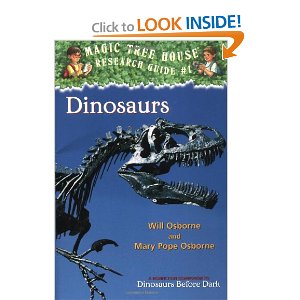Ages: This is best for the Big Kid Scientists
Materials: bulbs, various containers, rocks, soil, water
Procedure:
- I presented an investigative question to my Kid Scientists...What is the best condition for forcing a bulb? This required a bit of research before the boys were ready for the investigation. They "googled" the question, and learned a bit about bulbs. Your Kid Scientists can begin with their own research or you could use our ideas...
- Once the boys had a couple of ideas, they gathered the additional materials they needed.

- Connar's first plan was to plant the bulbs in potting soil with water. He plans to check the soil every day and make sure it's moist.
- Aiden's found a diagram of a bulb suspended over water online. He used toothpicks to balance the bulb on the edges of the plastic container. He'll check every day to make sure the water covers the bottom of the bulb.

- This container has just water with the bulbs floating

- The final container is 1/2 full of rocks and water. The bulbs are wedged into the rocks.

- Each Kid Scientist recorded his predictions regarding which container would be the best for forcing the bulbs to bloom and which one wouldn't work at all. We also recorded the starting date.
 Finally, the bulbs in containers were left on top of the refrigerator. This will ensure that the water doesn't spill and our cats don't help with the investigation.
Finally, the bulbs in containers were left on top of the refrigerator. This will ensure that the water doesn't spill and our cats don't help with the investigation.We will keep you posted on the details of our investigation. The Science Mommy would love to hear about yours!










































